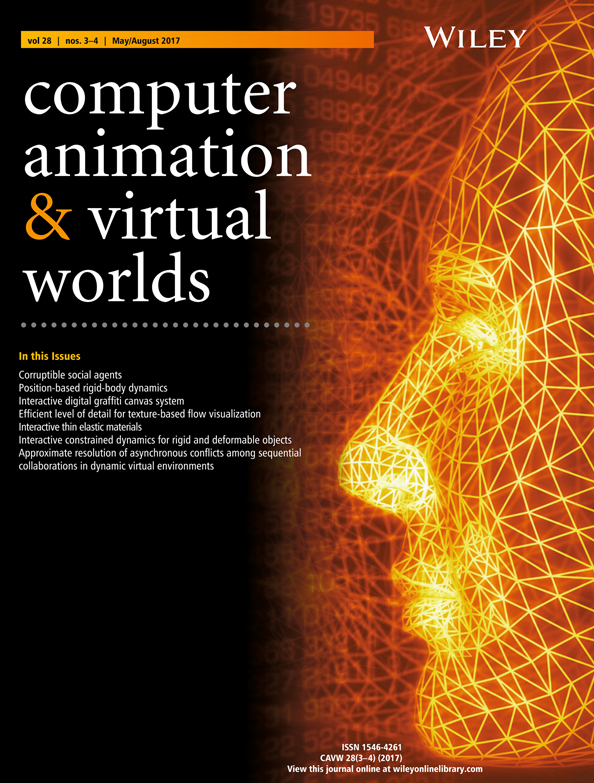Physically inspired, interactive lightning generation
Abstract
We present an interactive technique for generating realistic lightning. Our method captures the main characteristics of the dielectric breakdown model, a physical model for lightning formation. Our algorithm uses a distance-based approximation to quickly compute the electric potentials of different charge types. In particular, we use a rational function in lieu of summed potentials to better produce interesting lightning patterns. We also propose to use the waypoints commonly available in many game scenes to guide lightning shapes in complex scenes. We found that our algorithm is 2 times faster than the state-of-the art method with better controls on lighting shapes, and can generate realistic lightning shapes interactively.




